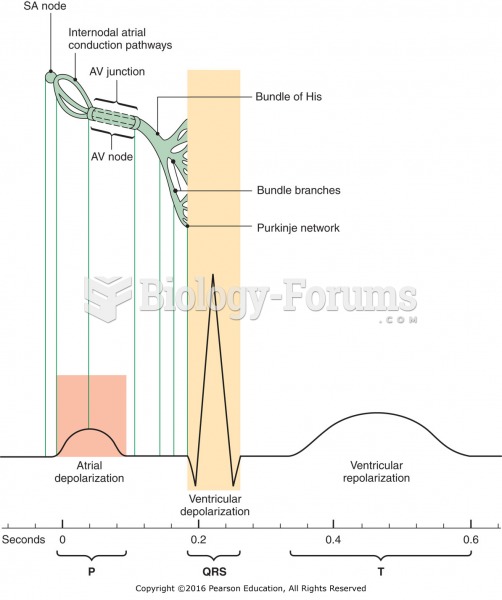Answer to Question 1
Each party to a lawsuit has a duty to disclose to the other party specified types of information prior to the discovery stage of litigation. Under FRCP Rule 26(f), once a lawsuit is brought, the parties (the plaintiff and defendant and/or their attorneys, if the parties are represented by counsel) must schedule a prediscovery meeting to discuss the nature of the lawsuit, any defenses that may be raised against the claims being brought, and possibilities for promptly settling or otherwise resolving the dispute. The meeting should take place as soon as practicable but at least 14 days before a scheduling conference is held or a scheduling order issued. Either at this meeting or within 10 days after it, the parties must also make the initial disclosures described below and submit to the court a plan for discovery. As the trial date approaches, the attorneys must make subsequent disclosures relating to witnesses, documents, and other information that is relevant to the case.
These rules do not replace the traditional methods of discovery. Rather, the rules impose a duty on attorneys to disclose specified information automatically to opposing counsel early in the litigation process so that the time and costs of traditional discovery can be reduced. Attorneys may still use the traditional discovery tools (depositions and interrogatories, for instance) to obtain information, but they cannot use these methods until the prediscovery meeting has been held and initial disclosures have been made. Also, to save the court's time, the rules give attorneys a freer hand in crafting a discovery plan that is appropriate to the nature of the claim and the parties' needs.
Answer to Question 2
A motion for summary judgment is a motion that may be filed by either party and in which the party asks the court to enter judgment in his or her favor without a trial. A motion for summary judgment can be supported by evidence outside the pleadings, such as witnesses' affidavits, answers to interrogatories, and other evidence obtained prior to or during discovery. The attorney for the moving party also prepares and files with the court a memorandum of law in support of the motion.







